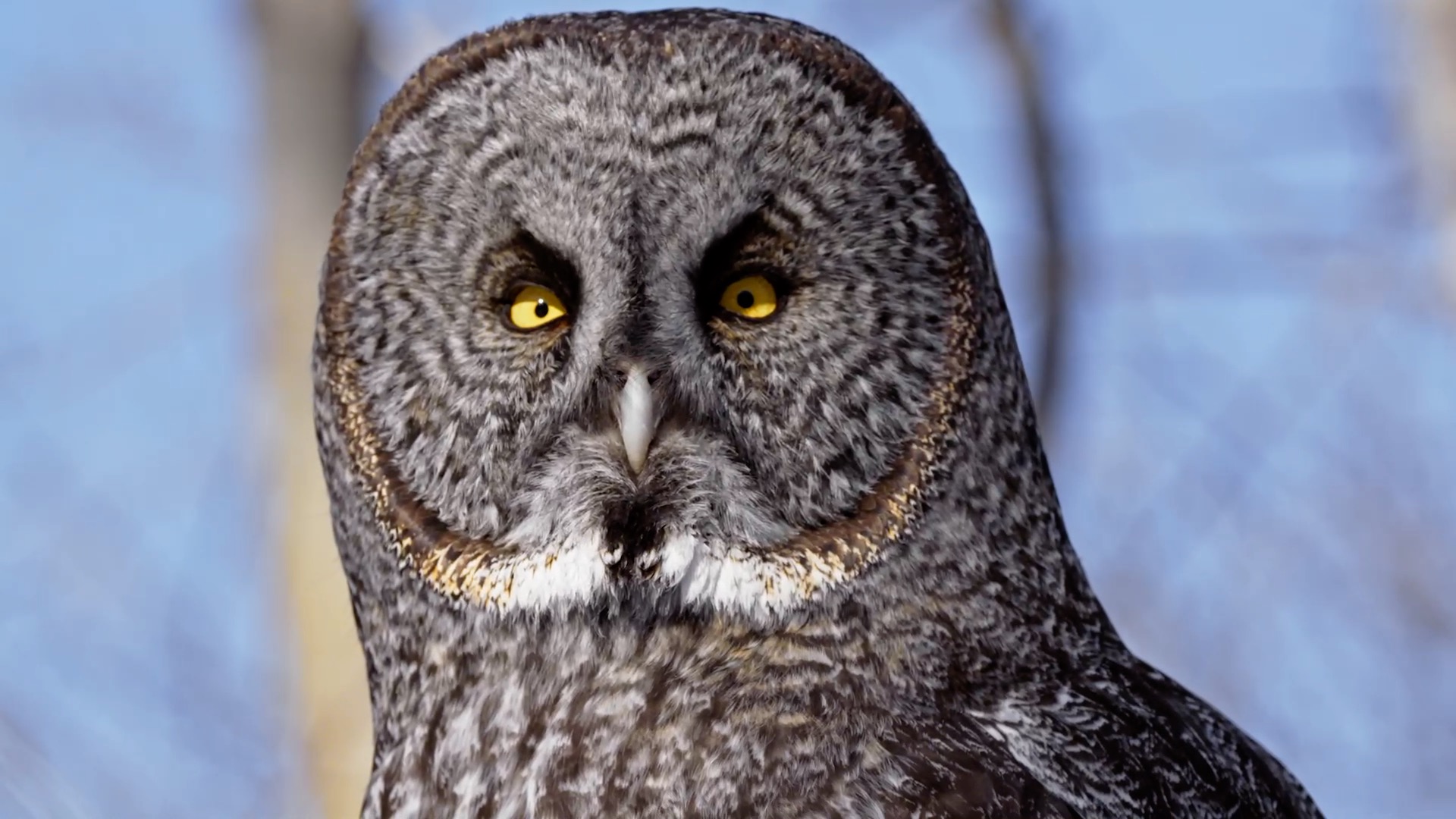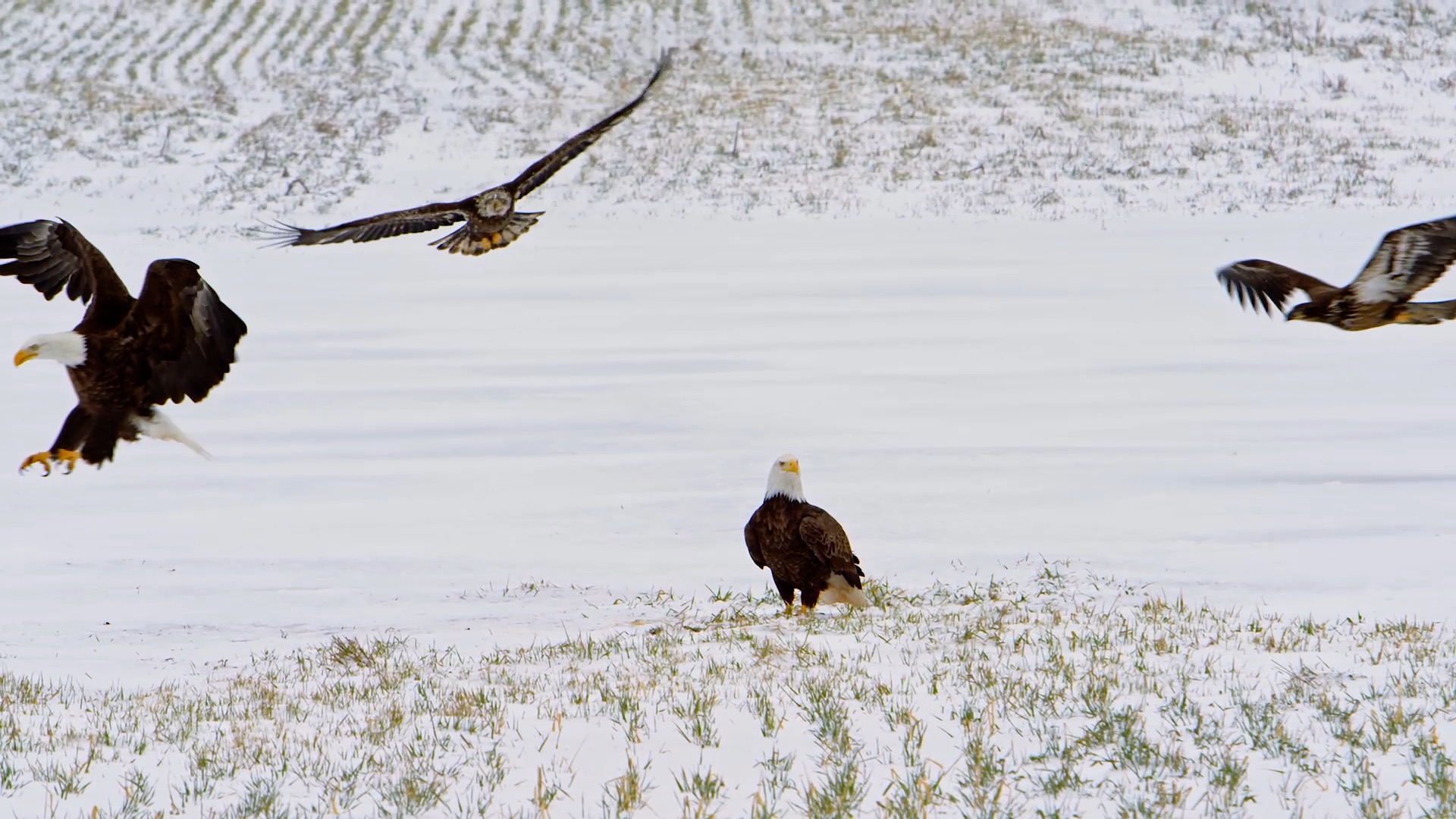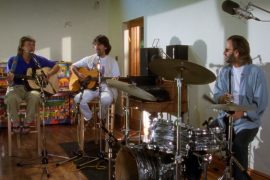
The pandemic forced many of us into lockdown in 2020. As humans retreated, did other species come out to party?
That’s one of the questions raised in “Nature’s Big Year,” a timely and fascinating documentary premiering Friday on The Nature of Things (9pm ET on CBC and CBC Gem).
Writer, director and executive producer Christine Nielsen casts her gaze around the world as she examined changes in the way birds, owls, bears, turtles, wolves and other creatures changed their behaviours during COVID times.
Narrated by David Suzuki, the hour begins in Bighorn, Alberta., where wolves adapted their schedules from nighttime to daytime predators. Why? With less humans around in Bighorn back country, more prey, such as moose and deer, were also out and about in the daytime. Wolves simply followed the scent.
Cameras that had been placed in Bighorn forests that went unchecked for two lockdown seasons also revealed an upsurge in daytime bear activity.

In other parts of the world, Nielsen and others found changes in animal behaviour. In Boston, scientists started measuring silence as airports and highways became dramatically quieter. In Newcastle-Upon-Tyne in The UK, blackbird calls became louder and more varied as the birds became more vocal without the competition from human noise pollution.
advertisement
In Balmoral, Manitoba, Great Grey Owls flying south from the far north were sticking around much longer. There were also massive changes in bald eagle and barn swallow activities. In Wales, with far fewer cars on the road, locals were seeing a two-thirds decline in roadkill among the dwindling hedgehog population. In one Argentine port, wild goats were romping through the town like COSTO shoppers.
A group of scientists in Cap Tourmente, Quebec, found that birds became fatter with less hunters on their tailfeathers and therefore, more time to feed. The fat flock of 2020 was further proof that when humans stay home, other species thrive.
Nielsen, an award-winning filmmaker whose previous work includes projects for BBC, Discovery, National Geographic, Netflix, History, Smithsonian, CTV and Science Channel, did make some shocking discoveries. In New Delhi, India, the world’s most polluted capital city, a drop in many sources of man-made air pollution led to an welcome increase in sunlight. The blue skies were welcome, but the effect also saw ozone levels jump 30 per cent. Better air quality was leading to a different kind of deadly air quality.
The findings seem to support anecdotal evidence of changing patterns in Canadian cities and in cottage country during the pandemic. There was something soothing and peacefull about fewer cars on the roads. Up the Bruce Peninsula, there’s far more chatter about bear and fox sightings on cottage community Facebook pages.
Nature’s Big Year, therefore, seems to ask the same questions a lot of office workers are considering now – should we go back to the way things used to be right away? Or are there some lessons to be learned from the owls and animals about benefits from changes in human behaviour? As usual, The Nature of Things doesn’t provide all the answers but it does raise some very interesting questions.






